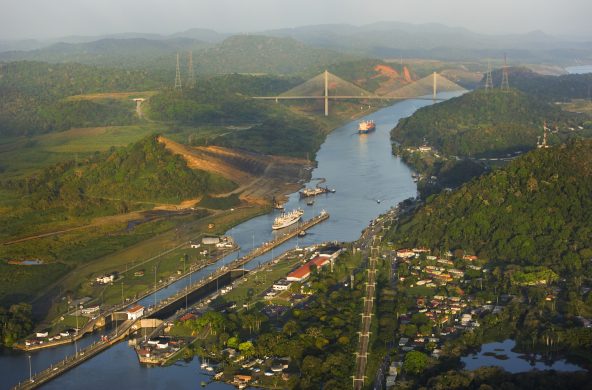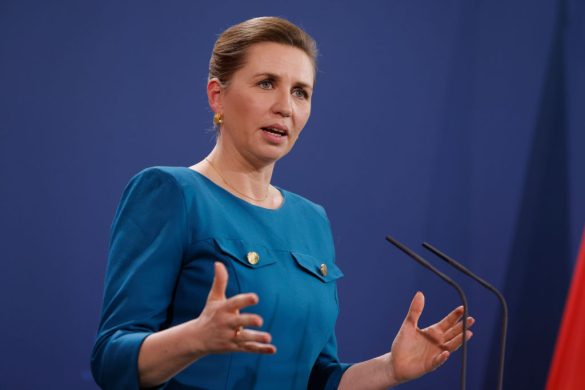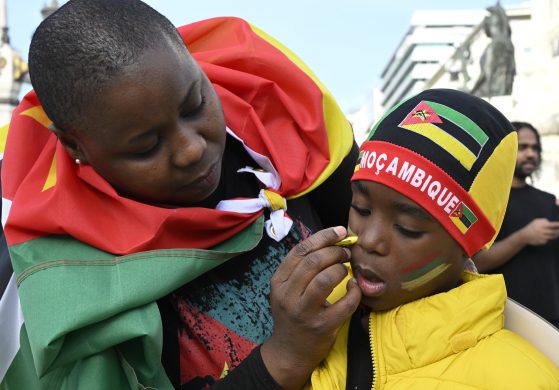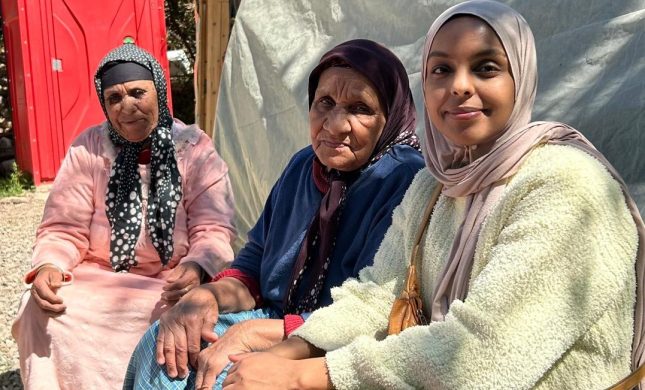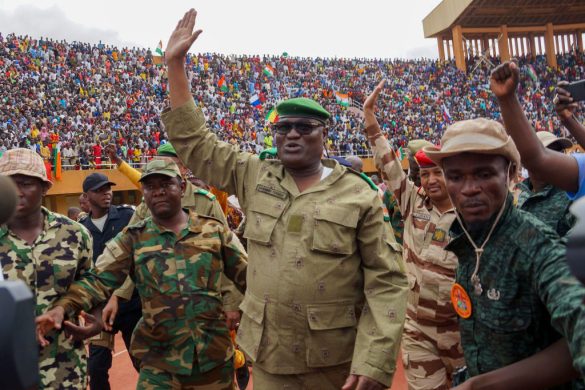WASHINGTON, June 10, 2015 (World Bank): Developing countries face a series of tough challenges in 2015, including the looming prospect of higher borrowing costs as they adapt to a new era of low prices for oil and other key commodities.
This results in a fourth consecutive year of disappointing economic growth this year, says the World Bank Group’s latest Global Economic Prospects (GEP) report, released Wednesday.
As a result, developing countries are now projected to grow by 4.4 percent this year, with a likely rise to 5.2 percent in 2016, and 5.4 percent in 2017.
“Developing countries were an engine of global growth following the financial crisis, but now they face a more difficult economic environment,” said World Bank Group President Jim Yong Kim.
“We’ll do all we can to help low- and middle-income countries become more resilient so that they can manage this transition as securely as possible. We believe that countries that invest in people’s education and health, improve the business environment, and create jobs through upgrades in infrastructure will emerge much stronger in the years ahead. These kinds of investments will help hundreds of millions of people lift themselves out of poverty.”
With an expected liftoff in U.S. interest rates, borrowing will become more expensive for emerging and developing economies over the coming months.
This process is expected to unfold relatively smoothly since the U.S. economic recovery is continuing and interest rates remain low in other major global economies.
Store risici
However, there are considerable risks around this expectation, the report argues.
Just as the initial announcement of U.S. policy normalization caused turmoil in financial markets in 2013 – now referred to as the “taper tantrum” – the U.S. Federal Reserve’s first interest rate increase, or liftoff, since the global financial crisis could ignite market volatility and reduce capital flows to emerging markets by up to 1.8 percentage points of GDP, the report says.
“Slowly but surely the ground beneath the global economy is shifting. China has avoided the potholes skillfully for now and is easing to a growth rate of 7.1 percent; Brazil, with its corruption scandal making news, has been less lucky, dipping into negative growth. With an expected growth of 7.5 percent this year, India is, for the first time, leading the World Bank’s growth chart of major economies. The main shadow over this moving landscape is of the eventual U.S. liftoff,” said Kaushik Basu, World Bank Chief Economist and Senior Vice President.
“This could dampen capital flows and raise borrowing costs. This GEP provides a comprehensive analysis of what the liftoff may mean for the developing world.”
This would especially hurt emerging markets with greater vulnerabilities and weakening growth prospects.
Frygt for færre kapitaloverførsler
For commodity-exporting emerging markets that are already struggling to adjust to persistently low commodity prices, or for countries experiencing policy uncertainty, a slowdown in capital flows would add to their policy challenges.
“Unless emerging markets have taken the prudent policy steps to be fiscally and externally resilient, they may face significant challenges dealing with the turbulence and other fallout that could be associated with a Fed tightening,” said Ayhan Kose, the World Bank’s Director of Development Prospects.
Lower prices for oil and other strategic commodities have intensified the slowdown in developing countries, many of which depend heavily on commodity exports.
While commodity importers are benefiting from lower inflation, fiscal spending pressures, and import costs, low oil prices have so far been slow to spur more economic activity because many countries face persistent shortages of electricity, transport, irrigation, and other key infrastructure services; political uncertainty; and severe flooding and drought caused by adverse climate.
Brasilien, Mexico og Indien
Growth in Brazil, held back by weak confidence and higher inflation, is expected to contract by 1.3 percent in 2015, a 2.3 percentage point swing from January, while Russia’s economy, hit by oil price declines and sanctions, is forecast to contract by 2.7 percent.
Mexico’s GDP is projected to advance by a more moderate 2.6 percent, as a soft patch in U.S. activity and falling oil prices weigh on growth. In China, the carefully managed slowdown continues, with growth likely to moderate to a still robust 7.1 percent this year.
In India, which is an oil-importer, reforms have buoyed confidence and falling oil prices have reduced vulnerabilities, paving the way for the economy to grow by a robust 7.5 percent rate in 2015.
A special analysis in the report finds that low-income countries, many of which depend on commodity exports and investment, are vulnerable in the current environment.
During the commodity price boom of the mid-2000s, their economies strengthened considerably with new discoveries of key metals and minerals, resource investment, and expanding commodity exports.
The prospect, therefore, of persistently low commodity prices may persuade policy makers to steer their resources away from metals and minerals and into other national economic priorities that will drive growth instead.
This puts a premium on policies to build buffers that can ease the transition and reforms that support growth in the non-resource sector.
Læs videre på Verdensbankens hjemmeside
Begynd fra: “After four years of disappointing performance, growth in……”




